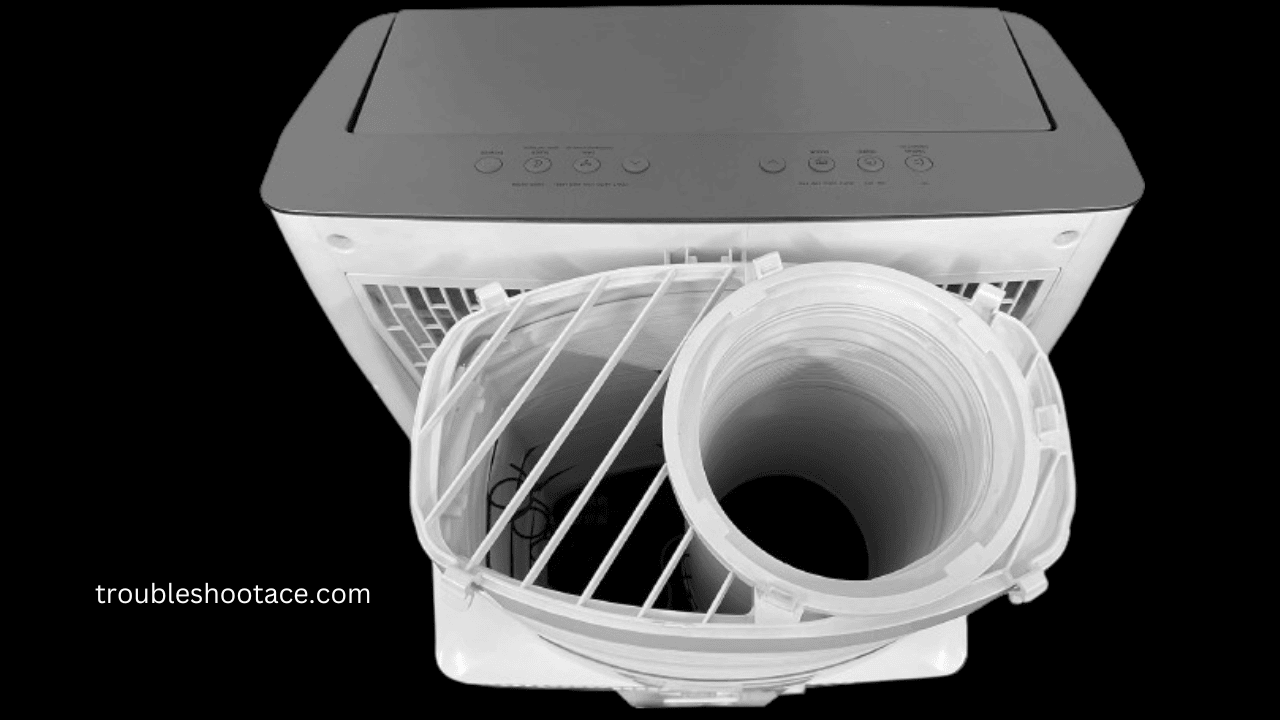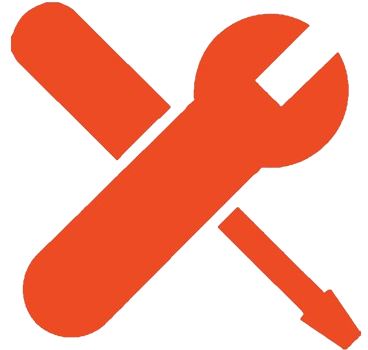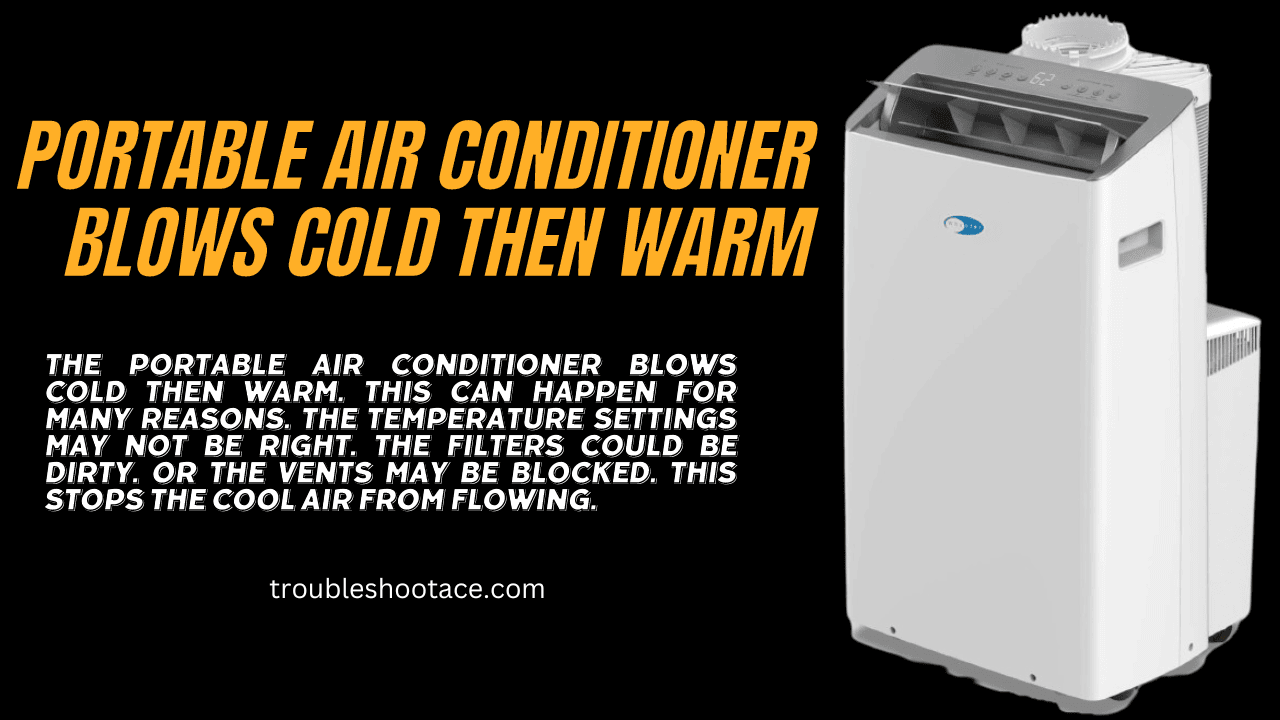Incorrect Temperature Settings
A common problem is when your air conditioner blows hot air out back. This can happen if the cooling settings are not right. You need to set the air conditioner to the best cool mode. You also need to change the temperature. It should be set to a good cool level.
A few harder words are used too. Words like “conditioner” and “Follow these steps to check and adjust your portable air conditioner’s temperature settings.
- Find a control panel or remote for your AC unit.
- Press the “Mode” button to ensure it is set to cooling mode.
- This mode is usually represented by an ice pack icon or the letters “COOL” on the display.
- Next, check the heating system. Adjust the amount of cooling you want. The recommended temperature is 70-78°F or 21-26°C.
Setting the right temperature and cooling mode is important to keep your home feeling good. Here are some simple steps to make sure your portable air conditioner works well: First, you want to choose a nice cool temperature that is comfortable for you.
| Issue | Solution |
| Incorrect temperature settings | Ensure the AC unit is set to cooling mode and adjust the temperature within the recommended range. |
| Insufficient airflow | Clean the filter and inspect vents for any obstructions. |
| Inadequate cooling capacity | Select an AC unit with an appropriate BTU rating based on your room size. |
| Improper installation and insulation | Install the portable air conditioner correctly using the window kit and seal any gaps to prevent air leaks. |
| Refrigerant leaks or issues | Contact a professional HVAC technician to inspect and repair any refrigerant-related problems. |
Insufficient Airflow
If your portable air conditioner is not warming up the room, it might be blowing cold air instead of warm air. This could happen due to a lack of good airflow. Checking and cleaning the filter and vents often can help remove blocks and ensure the air conditioner cools your room well.
- Locate the filter access panel.
- Remove the filter carefully.
- Check for visible debris or dust buildup.
- Wash the dirty filter with mild soap and water.
- Check vents for obstructions affecting airflow.
- Clear obstructions for proper cold air circulation.
Regular Maintenance for Optimal Airflow
You need to keep your air conditioner running well. You should clean the filter each month or do what the people who made it say. This helps air move through it well.
Proper maintenance not only resolves insufficient airflow issues but also improves performance and energy efficiency, ensuring consistent cooling throughout your space.
Inadequate Cooling Capacity
Your portable AC goes from blowing cold air to warm due to inadequate cooling capacity. The effectiveness of an AC unit in cooling a specific room size is dependent on the unit’s cooling capacity.
The performance of cooling within the same room can remain uneven in case an air conditioner has less cooling capacity than what is required. When selecting this size of AC for your room, you have to check out its size and BTU ratio.
Calculating Cooling Capacity Based on Room Size

To find the cooling capacity necessary,
follow this formula: BTU = (Area of Room in square feet) × (20 if the room is well-insulated/ 25
if the room is not well-insulated) For a room size of 200 square feet and good insulation,
the cooling capacity required is 200 x 20 = 4,000 BTU.
For a space of 300 square feet with poor insulation, the cooling capacity is 300 x 25 = 7,500 BTU. Another consideration is the other factors like room aspect ratio”
Selecting an AC Unit with Sufficient Cooling Power
After deciding on the number of BTUs required for the chamber, make sure you consider other aspects before picking an air conditioner that matches this level of cooling.
Ensure you search for portable air conditioners having BTU ratings equal to or slightly more than the estimated cooling capacity. To be precise, if you want your room to be cooled effectively, a BTU rating ranging from 7,500 up to 8,000 would be perfect for an AC unit in case it’s designed for 7,500”
Ensure that you take good care of your mobile air conditioner so it does not blow cold air in the first instance and then start getting hot air. This can enable you to keep enjoying the cool environment that has been created where you need it.
| Room Size (square feet) | Well-Insulated Room Cooling Capacity (BTU) | Not Well-Insulated Room Cooling Capacity (BTU) |
| 100-200 | 4,000-6,000 | 5,000-7,000 |
| 200-300 | 6,000-8,000 | 7,000-9,000 |
| 300-400 | 8,000-10,000 | 9,000-12,000 |
Improper Installation and Insulation
A portable air conditioner can make a room cold if not set up correctly or if there is insufficient insulation. Follow the manufacturer’s instructions and close gaps around the window kit.
Using foam strips or weatherstripping can help keep the room well-insulated, reducing airflow and energy consumption. Proper setup and insulation are crucial for maintaining comfort and avoiding energy waste.
Refrigerant Leaks or Issues
The chilly air from your movable air conditioner may start to get warmer. This could mean the cool chemical inside is leaking out. To fix this, you need an expert to check it out. When you first turn on the AC, cold air comes out. But then it gets warm.
This is likely due to those cool chemicals leaking. Sealing up any gaps or holes when you set up the unit is key. It keeps the cold air in. You can also use foam strips or weatherstripping around the window.
This helps the AC work better. Proper setup and insulation stop air leaks. It makes the AC cools your room well. This saves money on your energy bill too. Here are some signs the cool chemicals are leaking:
- Diminished cooling performance
- Icy or frosty evaporator coils
- Prolonged cooling cycles
- Audible hissing or bubbling sounds
- Increased energy consumption
Resolving refrigerant leaks requires professional assistance, as DIY methods can lead to further damage. HVAC technicians inspect AC units, identify leaks, and provide necessary repairs. They use leak detection tools, repair the leak, and recharge the system with the appropriate refrigerant, ensuring efficient and safe operation.
Why Consulting an HVAC Technician is Crucial:
Your portable air conditioner may not work well if it has a refrigerant leak. A skilled HVAC expert can find and fix any refrigerant problems. They know how to make sure your AC keeps making cool air.
This will let you stay comfy on hot days. It is important to fix refrigerant leaks fast. This will help your portable air conditioner work well again. It will also keep your home cool and cozy.
When you get leaks fixed right away, your AC can cool the air well. This keeps the place at a nice temperature. You will feel good inside during the summer heat.
| Signs of Refrigerant Leaks | Importance of HVAC Technician |
| Diminished cooling performance | Specialized knowledge |
| Icy or frosty evaporator coils | Leak detection tools |
| Prolonged cooling cycles | Exact leak location identification |
| Audible hissing or bubbling sounds | Professional repair and recharge |
| Increased energy consumption | Ensure safe operation |
Conclusion
The Portable Air Conditioner Blows Cold and Then Warm. This can happen for many reasons. The temperature settings may not be right. The filters could be dirty. Or the vents may be blocked. This stops the cool air from flowing.
The air conditioner may also be too small for the room. It may not have enough power to keep the area cool. Improper setup or lack of proper insulation can also cause issues.
A refrigerant leak is another possible problem. These things make the air conditioner work poorly. Cleaning filters often is a good Proper installation using a window kit and sealing gaps can prevent warm air from entering and affecting the cooling process. If problems persist, consulting a qualified professional is recommended for a thorough assessment and resolution.



1 thought on “Portable Air Conditioner Blows Cold Then Warm”